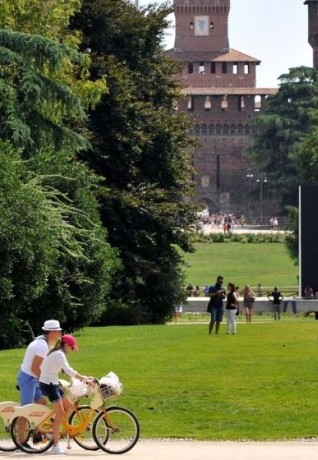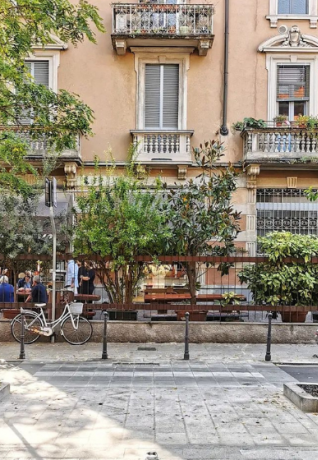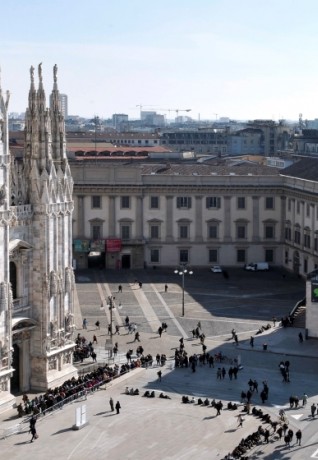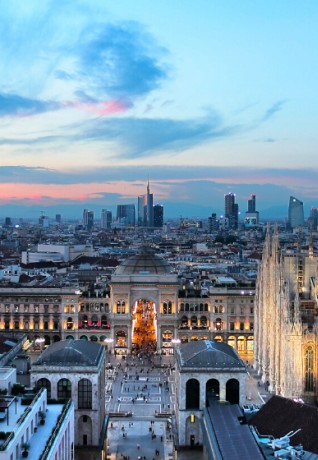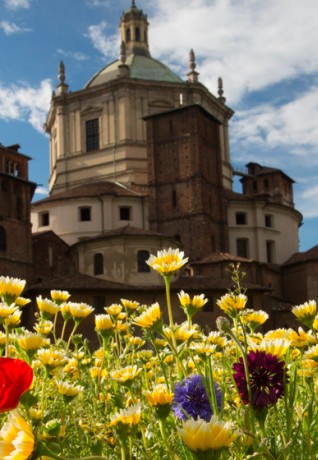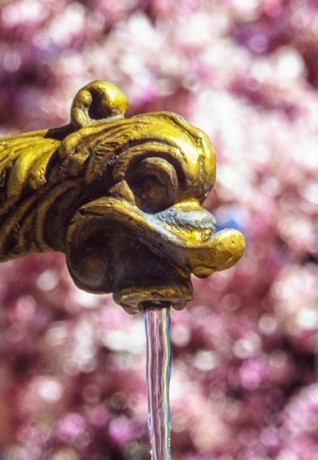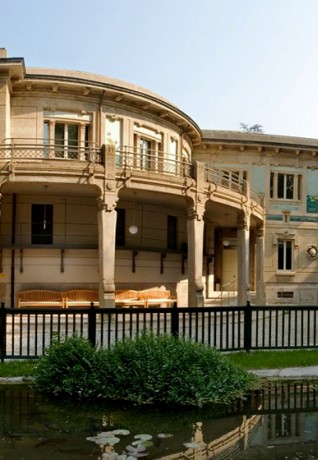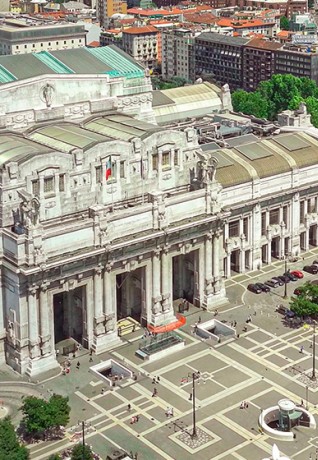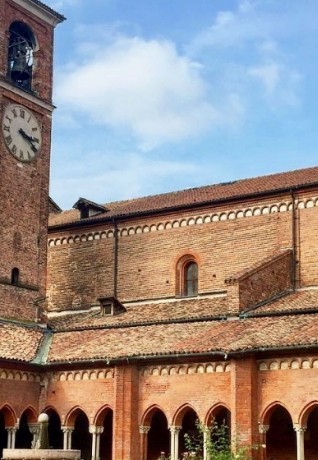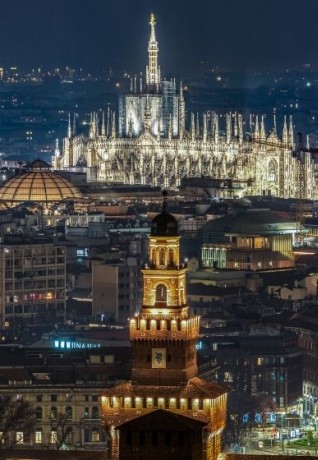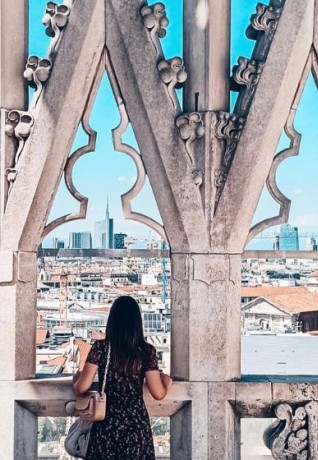Architectures from the Twentieth Century
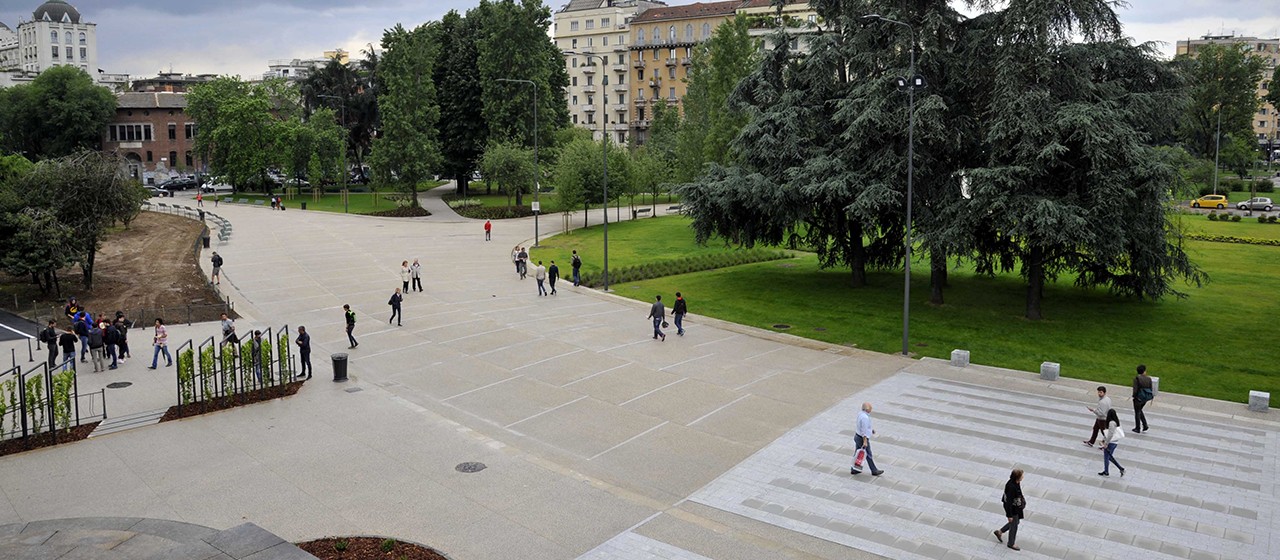
Walking around Città Studi is very nice, because it is a vital and unique neighborhood, where life flows with simplicity, and it is easy to find particular places. This part of the city was designed at the beginning of the twentieth century in order to create an area able to host university buildings and flats among leafy, spatious boulevards. Indeed, here, shops and restaurants are well organized. Especially in autumn and spring, it is extraordinary take a stroll around the monumental trees and the high quality architectures.
To get an idea of how rich this area is, it is worth starting the tour from the Massimo De Carlo Gallery, which recently inaugurated its new headquarters in an apartment of the Villa Corbellini Wassermann in Viale Lombardia, built in the early 30's by Portaluppi with the most precious polychrome marbles.
Then, walking through via Vallazze up to via Porpora, you will run into one of the churches designed by Gio Ponti, with the front covered by the architect’s typical diamond-shaped tiles.
Walking south along via Ampère you get to the center of Città Studi, in piazza Leonardo: the square where the city’s Politecnico is located. There are several branches of the Politecnico: the biggest and most important one is the Engineering branch, the most beautiful one is the Architecture branch, with buildings designed over several levels by the most important Milanese architects over the year, including of course Gio Ponti.
From there, turning towards via Ascoli, you will come across the ''la Casa dello Studente'' realized by Azimonti, coeval of with the Villa Corbellini-Wassermann. The structure consists with five floors, has a gym and several study rooms and it is the historic residence of students in Milan.
If instead you prefer to take a walk among the small villas of the scientific faculties of the Università Statale (Agriculture, Mathematics or the Istituto Besta for neurological sciences etc…), towards the elliptical Piazzale Gorini, it is worth to take a look at Piazza Gastone Novelli to watch the military inspired friezes of the building of the Areonautica Militare designed between 1938 and 1941 by Luigi Lorenzo Secchi.

 Log in
Log in


